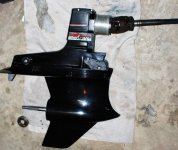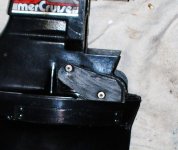I need to make wear pads for a couple of things that aren't available anymore (alpha ss drive and land and sea sternjack), does anyone know what material these are generally made of?
I'm sure I can find a supplier for the materials, but would hate to have to do the homework to figure out what type of material to use. Any input greatly appreciated.
Thanks!
Tim
I'm sure I can find a supplier for the materials, but would hate to have to do the homework to figure out what type of material to use. Any input greatly appreciated.
Thanks!
Tim




